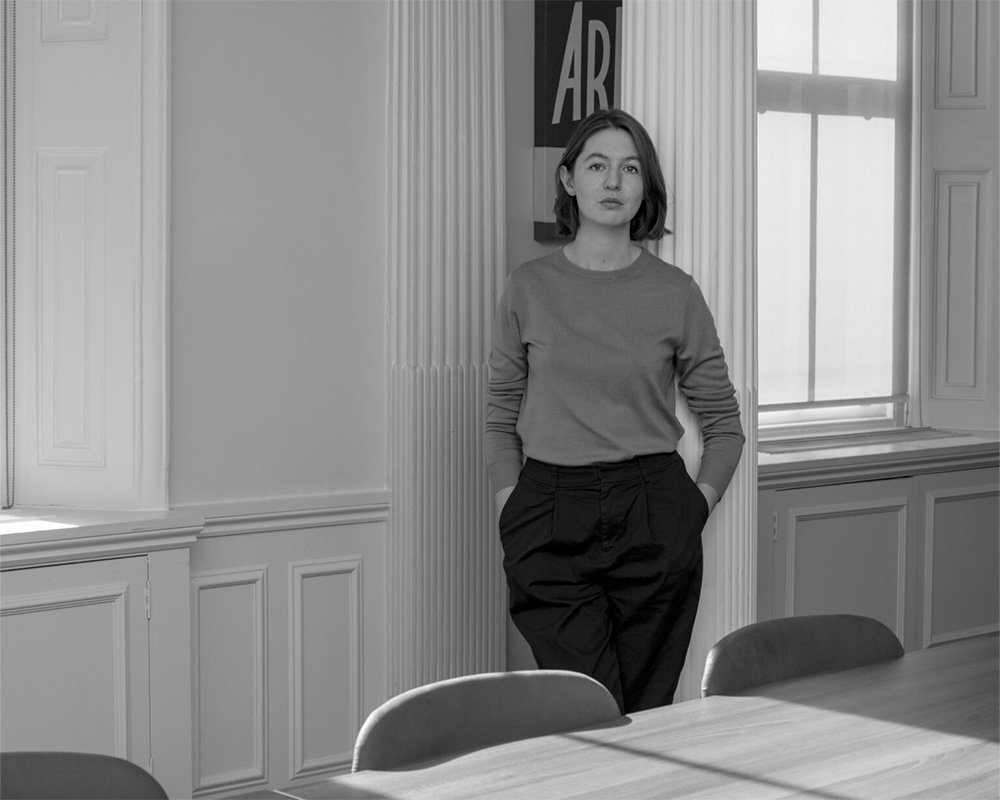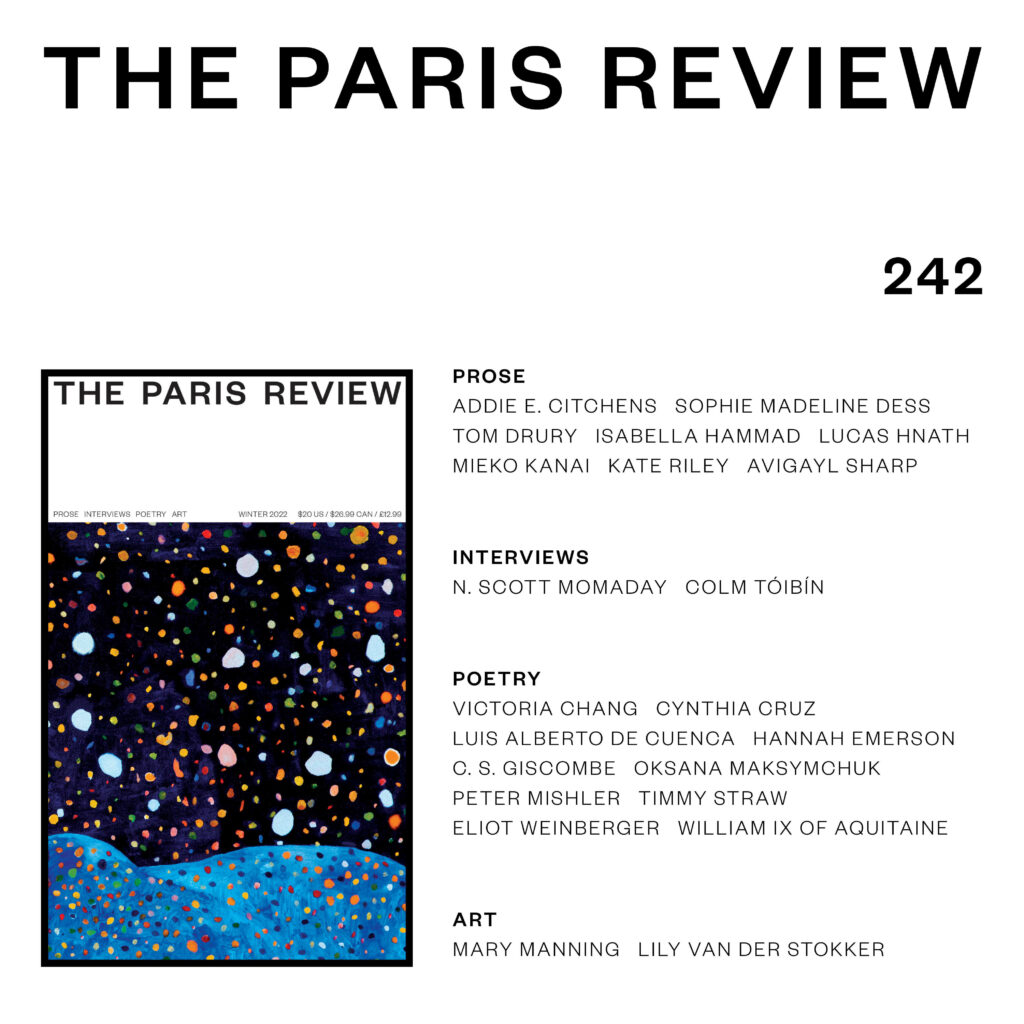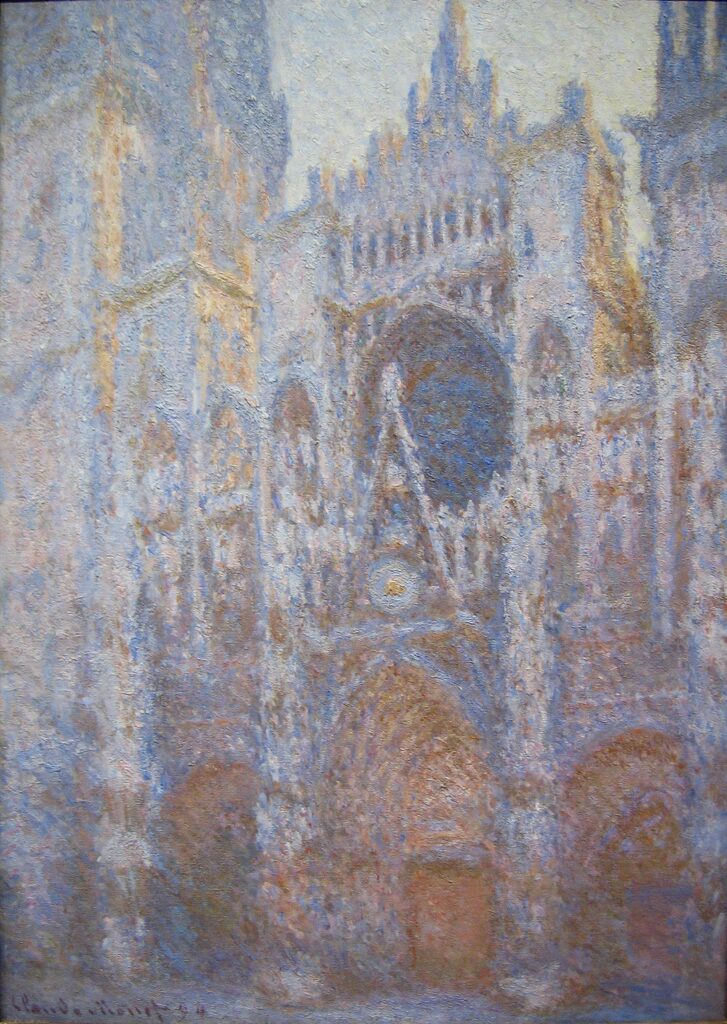This text was delivered as the T.S. Eliot Lecture at the Abbey Theatre in Dublin on October 23, 2022.
In 1923, the year after James Joyce’s novel Ulysses was first published in its complete form, T. S. Eliot wrote: “I hold this book to be the most important expression which the present age has found; it is a book to which we are all indebted, and from which none of us can escape.” Although Ulysses was not yet widely available at the time—its initial print runs were minuscule and it would be banned repeatedly by censorship boards—Eliot was writing in defense of a novel already broadly disparaged as immoral, obscene, formless, and chaotic. His friend Virginia Woolf had described it in her diary as “an illiterate, underbred book … the book of a self-taught working man, & we all know how distressing they are.” In comparison, Eliot’s praise is triumphal. “A book to which we are all indebted, and from which none of us can escape.” And yet this proposed relationship between Ulysses and its readers may not seem altogether inviting either. Do we really want to read a novel in order to experience the sensation of inescapable debt? In the century since its publication, Ulysses has of course become a monument not only of modernist literature but of the novel itself. But it’s also a notoriously “difficult” book. Among all English-language novels, there may be no greater gulf between how much a work is celebrated and discussed, and how seldom it is actually read.
I don’t think it’s a coincidence that very soon after the publication of Ulysses, critics started to speculate that the novel as a form might be dying. In 1925, the Spanish philosopher Jose Ortega y Gasset wrote of the “decline of the novel,” comparing the genre to a “vast but finite quarry.” “When the quarry is worked out,” he warned, “talent, however great, can achieve nothing.” A few years later, in 1930, Walter Benjamin wrote of the “crisis of the novel.” These two very different works, Ortega’s book and Benjamin’s short essay, both make reference, albeit in passing, to James Joyce. In fact, in T. S. Eliot’s piece in praise of Ulysses, he remarks, “If it is not a novel, that is simply because the novel is a form which will no longer serve,” and later adds that “the novel ended with Flaubert and with James.” In the present day, the “death of the novel” is declared so regularly and with so little provocation that this might not seem to be of any great significance: but I don’t know that the novel was ever declared dead even once before Ulysses was published.
Joyce was, as we know, writing at a time of enormous artistic and cultural upheaval. The seemingly stable conventions of classical music were being shattered by composers like Arnold Schönberg; the refined traditions of Western realist painting were revolutionized by the Cubism of Picasso and Braque. And writers like Marcel Proust were already beginning to destabilize the familiarities of the nineteenth-century novel form. It’s easy to understand in this context how a book as innovative and iconoclastic as Ulysses could be seen as striking the final blow against an already ailing literary tradition. In fact, it might be less easy to understand why, one hundred years later, the novel is still lumbering on, not yet superseded by any more popular or critically significant form of textual storytelling. Classical music, after all, effectively gave way to popular music in the twentieth century; figurative painting never again reasserted itself as a dominant cultural form. But novels as we know them are still being written and widely read. And as one of the people writing and reading them, I can’t help but be interested in the question. What exactly did Ulysses do to the novel? And if we can’t escape it, how can we go on?
***










